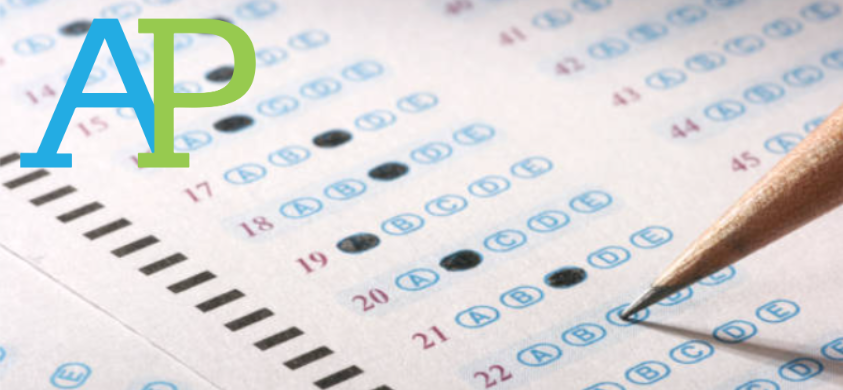Analyzing School Characteristics in Relation to AP Exam Participation in California
by Meera Duggal and Rhiann Zhang

Every year, millions of students take AP Exams in over 30 different subjects. These rigorous tests grant high school students the opportunity to earn early college credits if they receive a score of 3 or higher. And when they reach college, these early credits allow students to skip introductory classes, free up their class schedules, and allow for more flexibility to explore other courses and majors, study abroad, pursue a second degree, or graduate early. However, all AP students, even those who score a 1 or 2, are able to experience benefits from completing these assessments. Studies have shown that students who participate in AP Exams, no matter the score, are more likely to enroll in a four-year university. Once they reach college, AP students have been shown to perform significantly better in their introductory courses and graduate on time as well.[2] And this post-secondary education is, of course, important because it is a strong predictor of a greater income, better physical and mental health, and higher overall happiness.[3]
Therefore, the main goal of our project is to answer the following question: Which characteristics of Californian schools are able to best explain student participation in AP Exams?
Answering this question will allow us to grant policy makers insight as to how to effectively encourage AP Exam participation by understanding what factors to focus on as well as which communities should be addressed more urgently.